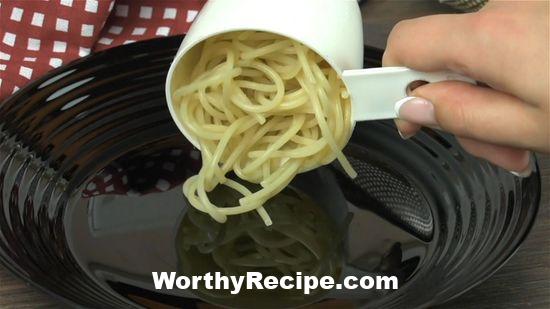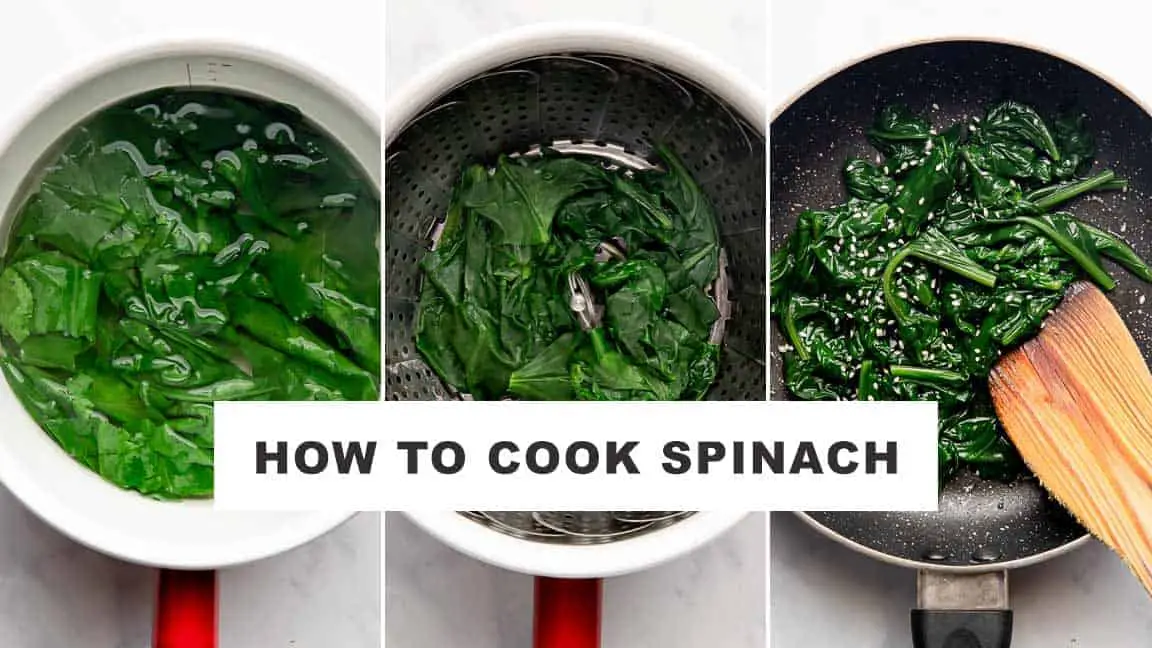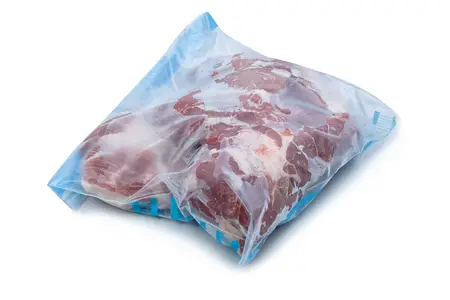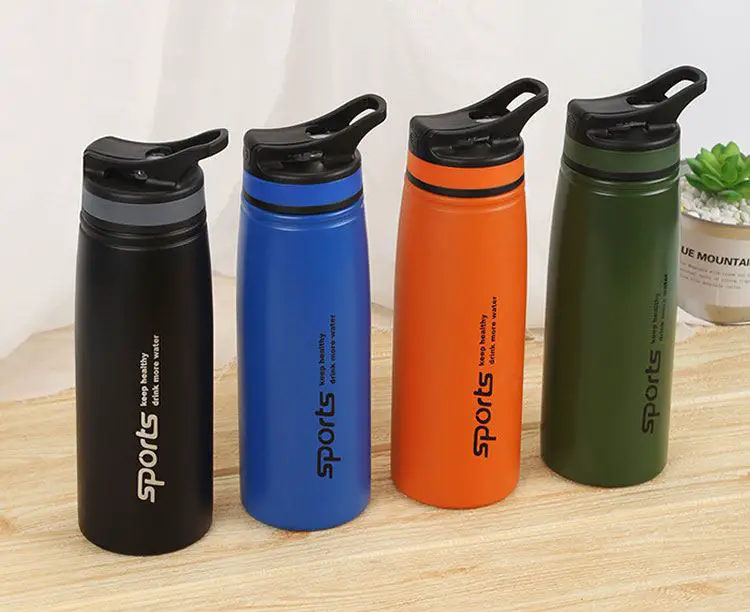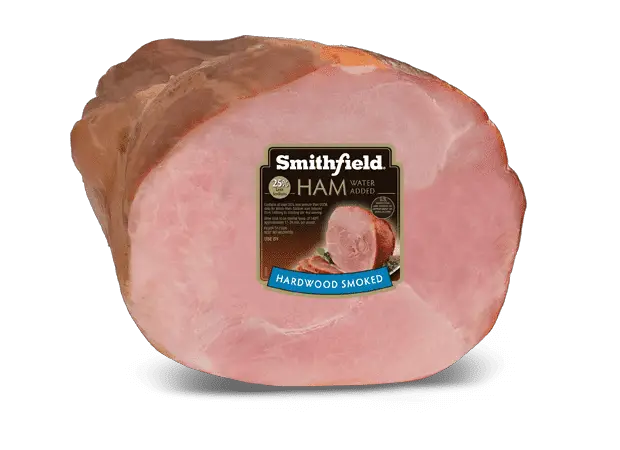Frequently Asked Question: Do I Measure Cooked or Raw Pasta?
Cooking pasta is often a quick and easy solution for mealtime, but have you ever wondered whether to measure your pasta raw or cooked? This question has been a source of confusion and frustration for many home cooks. In this article, we will explore the advantages of proper pasta measurement, discuss the rules of thumb for measuring both cooked and raw pasta, and offer practical tips for mastering portion control. By the end of this article, you’ll be able to confidently measure your pasta and enhance your cooking experience.
Advantages and Benefits of Knowing How to Measure Pasta
One significant advantage of knowing how to measure your pasta accurately is reducing food waste. When you cook more pasta than necessary, you are wasting food and money. By measuring your pasta correctly, you can avoid cooking too much at once.
Better portion control is another benefit of knowing how to measure your pasta properly. If you struggle with overeating or mindless snacking, accurate portion control will help with managing calorie intake. You’ll also be able to enjoy pasta dishes without feeling guilty about getting off track from your fitness goals.
Lastly, measuring your pasta makes the cooking process much easier since it sets relevant benchmarks for recipe development when cooking for a variety of people. Getting familiar with measuring your staples in specific amounts allows you to cook more precisely consistently .
The Rule of Thumb for Measuring Raw Pasta
There are two ways to measure raw pasta: by weight or by volume. Although not universally applicable due to different types of pastas having different densities and expansion rates when cooked, sticking to one is key to maintaining consistency so that changes in recipe outcome can only be attributed to expected shifts while remaining constant unless intended otherwise.
For a quick and easy reference guide, one can use the following as benchmark measurements. Generally, 2 ounces of uncooked pasta is sensible for a single serving size for small pasta shapes like macaroni, penne, or spaghetti. Meanwhile, 3-4 ounces of dry pasta can cater to a serving that includes vegetables, meat or fish.
For those who prefer to measure by volume instead of weight, using kitchen tools such as measuring cups or spoons is useful. One cup of uncooked elbow macaroni equals approximately two cups cooked since elbows nest together in a bowl heavily. On the other hand, a third cup indicates a single serving of spaghetti since the thin strands take up more space than starchy varieties such as spirals.
Why Measuring Cooked Pasta Doesn’t Work
When pasta is cooked with boiling water, it absorbs moisture and expands beyond its original size from being dry. Also, pasta loses weight during boiling because some of its soluble parts dissolve in water when it’s cooked which means that there is no measurable uniformity in cooked portions. Instead of containing precisely measured portions when cooked as opposed to be extremely flexible with recipes where aspects such as water/ liquid used are proportional to pasta amount rather than followed strictly fitting these measurements .
When you measure your pasta after cooking it, you will end up with inaccurate results since its weight and volume will differ from what you started from. This may result in unintentional overeating or under-serving yourself because your portion size was off.
How to Measure Cooked Pasta (When It’s Absolutely Necessary)
Although it’s not ideal to measure cooked pasta due to its varying expansion rates and displacement regarding volume through accommodating by adding extra toppings or savory ingredients proportionally also works while eyeballing or averaging portion sizes. When precise measuring is necessary, using a digital kitchen scale can help you get close to an accurate measurement by accounting for the additional weight and volume of your choice of liquid.
Another approach is to scoop your cooked pasta into a measuring cup while it’s still hot and expanding to fit but not packing in the cup, then transferring it over to your plate or bowl. This process will give you a better idea of how much one serving consists of.
Alternatively, you can also drain your cooked pasta and weigh it on a scale with the bowl that you used to cook the pasta for one serving= 3-4 ounces on average depending on what recipe is being prepared.
Factors That Affect Serving Size and Portion Control
Serving sizes are influenced by various factors such as appetite, dietary needs and restrictions, ingredients used in a recipe, among others. Before starting a meal, one finds that it’s crucial to consider these variables to adjust accordingly since meal sizes may differ hence pasta portions are altered also it is possible that starchy components take up too much space without providing enough varied nutrition or protein add-ins.
The type of pasta dish also affects serving size. For example, a pasta salad would have more vegetables than noodles compared to a spaghetti dish where there could be meatballs or sauce as additions. Additionally, when cooking for people with different preferences or dietary needs, having an eye out when creating individual portions ensures that everyone has enough food without going overboard.
Do I Really Need to Measure My Pasta?
Measuring your pasta can help save money by reducing food waste along with providing assurance that you are pursuing portion control. As earlier stated there are pros and cons depending on the reader’s perspective towards avidly planning portions versus winging their meals. One can find a middle ground of finding a ratio of pasta to filling that fits most cases and adjusting flavor for specific meals. You can use measuring tools or simply adopt a “cook by eye” approach, but the latter can be a bit tricky when cooking for groups of people.
Although it’s not ideal in all cases, measuring your pasta may help you maintain a healthy lifestyle by managing food choice guidelines and ensuring that you stay on track toward personal fitness goals.
Conclusions
Measuring your pasta is an essential step towards creating consistent portion sizes in an efficient mealtime.Most pastas yield between two to three cups on average per cooked 8-ounce serving size. This article has provided an overview of the advantages of proper pasta measurement, the rules of thumb for measuring both cooked and raw pasta, and practical tips for mastering portion control. By following these guidelines, you’ll be able to enjoy pasta dishes without feeling guilty about getting off track from your fitness goals.
References
Gaffney, A., & Gaffney, L. (2001). The Complete Idiot’s Guide to Cooking Pasta (1 ed.). Alpha.
Harnum, A., & Sharma, T. (2019). Portion Management: A Systematic Review of Existing Interventions among Adults. Nutrients, 11(12), 2900.
About the Author
The author of this article is passionate about cooking and experimenting in the kitchen. They specialize in creating healthy meals that are both nutritious and tasty without breaking the bank or sacrificing taste. They have extensive experience working with various cuisines and techniques gained over many years working as a professional cook.
How do I measure pasta for meal prep?
When it comes to meal prepping, it’s crucial to measure your ingredients. For pasta, cook the amount you need and then portion it out equally into containers. This way, you’ll have the correct serving size ready to go when you need it.
Do I measure pasta before or after cooking?
It’s always best to measure your pasta before cooking it. This will ensure that you have the correct amount of dry pasta for your recipe.
What is considered a serving size of cooked pasta?
Typically, one serving of cooked pasta is around 1/2 cup. This can vary depending on the type of pasta and your personal preferences.
How much dry pasta do I need per person?
A good rule of thumb to follow is about 2 ounces (or 1/2 cup) of dry pasta per person. Keep in mind that this may vary depending on how hungry your guests are and if you plan on having leftovers.
